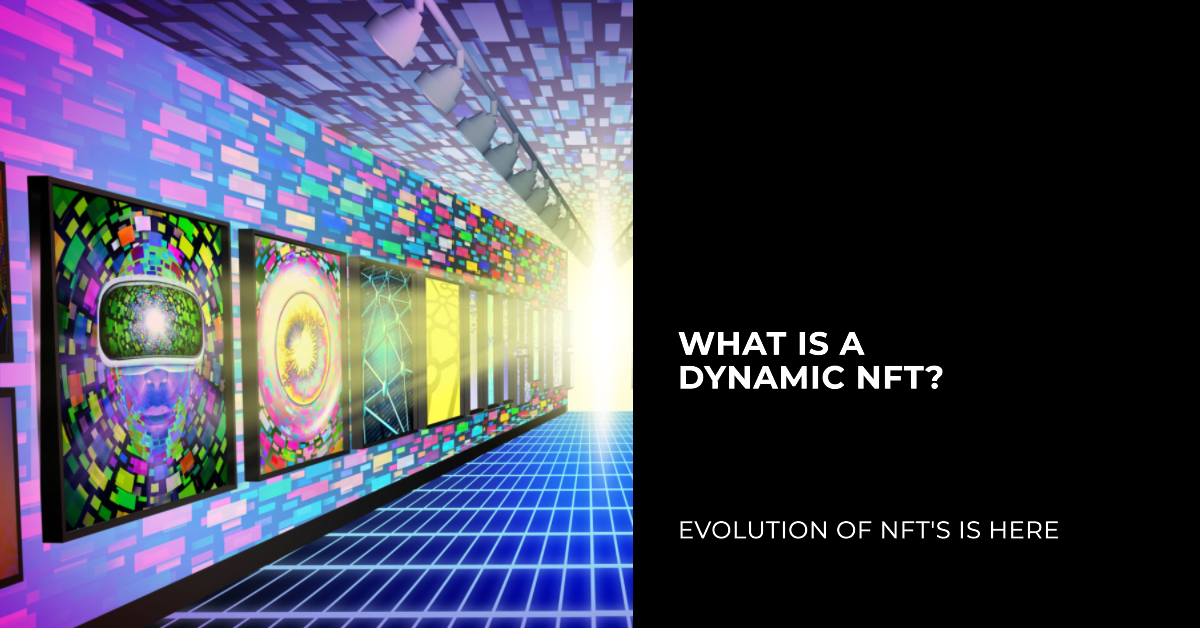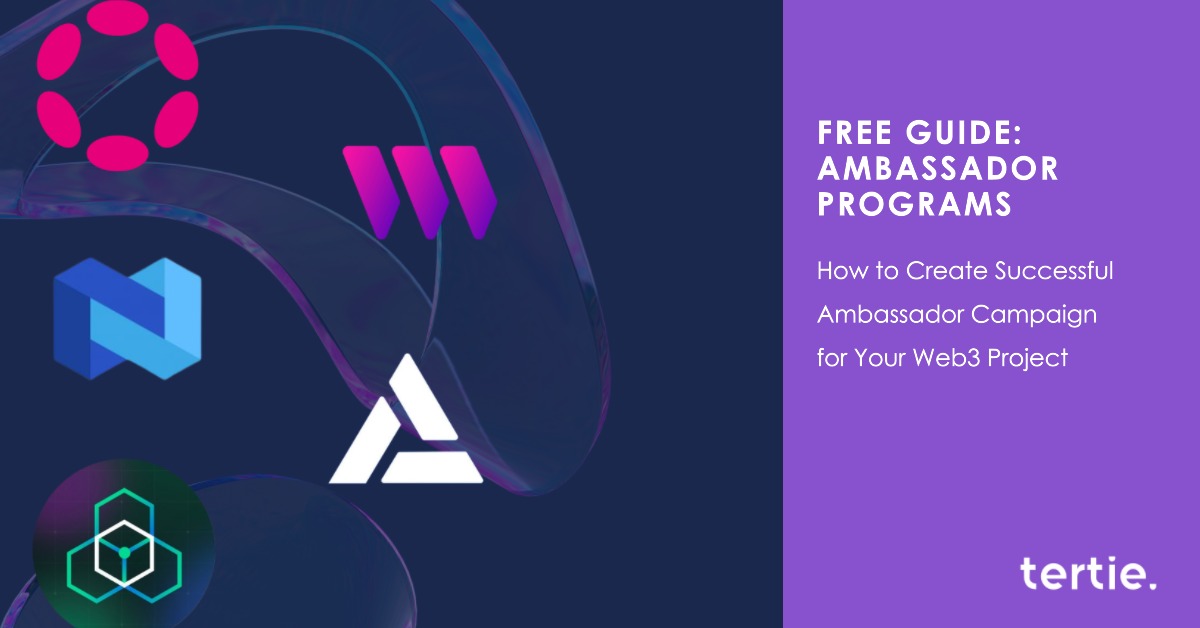Like it or not, Non-Fungible Tokens (NFTs) are projected to be a thriving space in the field of Web3 in the coming years. As per Research & Market, the NFT market is poised to grow at a CAGR of 35.02% between 2023-2027. As adoption grows, so do use cases. In fact, the next evolution of NFTs is already underway, with Dynamic NFTs (dNFTs). In this article, we’ll cover what dNFTs are, how they work, and reasons why you may want to consider them for your Web3 project.
What is a Dynamic NFT (dNFT)?
Unlike traditional NFTs that represent static digital assets, dNFTs are designed to be responsive to external parameters or conditions. They can change and evolve over time, offering a more engaging experience for buyers and fans. dNFTs function by storing data in an editable format, typically using the ERC-1155 token standard, and are powered by smart contracts. Oracles, such as Chainlink, send external data to the smart contract, causing the NFT’s metadata to change.
Benefits of Dynamic NFTs
- Interactivity: The flexibility and ability to change make dNFTs more engaging than static NFTs. They can offer unique and evolving experiences for collectors and fans, increasing their value over time.
- Programmability: Creators can define the behavior of dNFTs through smart contracts and oracles. This means that dNFTs can be programmed to respond to external conditions, such as changes in the market or real-world events. This opens up a wide range of possibilities for dNFT use cases beyond digital art.
- New Revenue Streams: dNFTs can provide long-term income for creators, as their value can increase over time based on external conditions. This means that creators can continue to earn income from their dNFTs long after their initial sale.
Use Cases of Dynamic NFTs
dNFTs have a wide range of use cases beyond digital art, including:
- Art and Music: Unique evolving artworks or recordings that change over time.
- Gaming and Metaverse: In-game items and characters that evolve based on player progression or external events.
- Identity and Authenticity: Digital identity and social media profiles that can be verified through dNFTs.
- Tokenization of Assets: NFTs representing real-world assets, such as real estate deeds or patents, that can update their metadata based on changing conditions.
Examples of Dynamic NFTs
Some examples of dNFTs include:
- Beeple’s “Crossroad“
- Art Blocks
- Async Art
- LaMeloverse
- Moonbirds
- CryptoKitties
Why Your Web3 Project Needs to Adopt Dynamic NFTs
- Increased Engagement
dNFTs offer a more engaging experience for buyers and fans, which can lead to increased interest in your Web3 project. By offering dNFTs, you can create unique and evolving experiences that keep collectors interested and engaged for longer periods of time. - New Revenue Streams
dNFTs can provide a new source of income for creators and developers. By creating dNFTs that respond to external conditions, you can create long-term revenue streams that continue to generate income even after the initial sale. - Versatility
dNFTs have a wide range of use cases beyond digital art, which means that they can be used in a variety of Web3 projects. Whether you’re creating a game, building a metaverse, or tokenizing real-world assets, dNFTs offer a versatile and programmable solution.
In conclusion, dynamic NFTs represent a significant evolution in the NFT space, offering interactivity, programmability, and new revenue streams. With their ability to change and evolve over time, dNFTs offer a more engaging experience for buyers and fans, making them an essential tool for any Web3 project looking to stand out in a crowded market.
At Tertie, we specialize in Web3 marketing strategies and can provide you with a comprehensive marketing campaign that will help you stand out from the competition. Get in touch for a free consultation.



